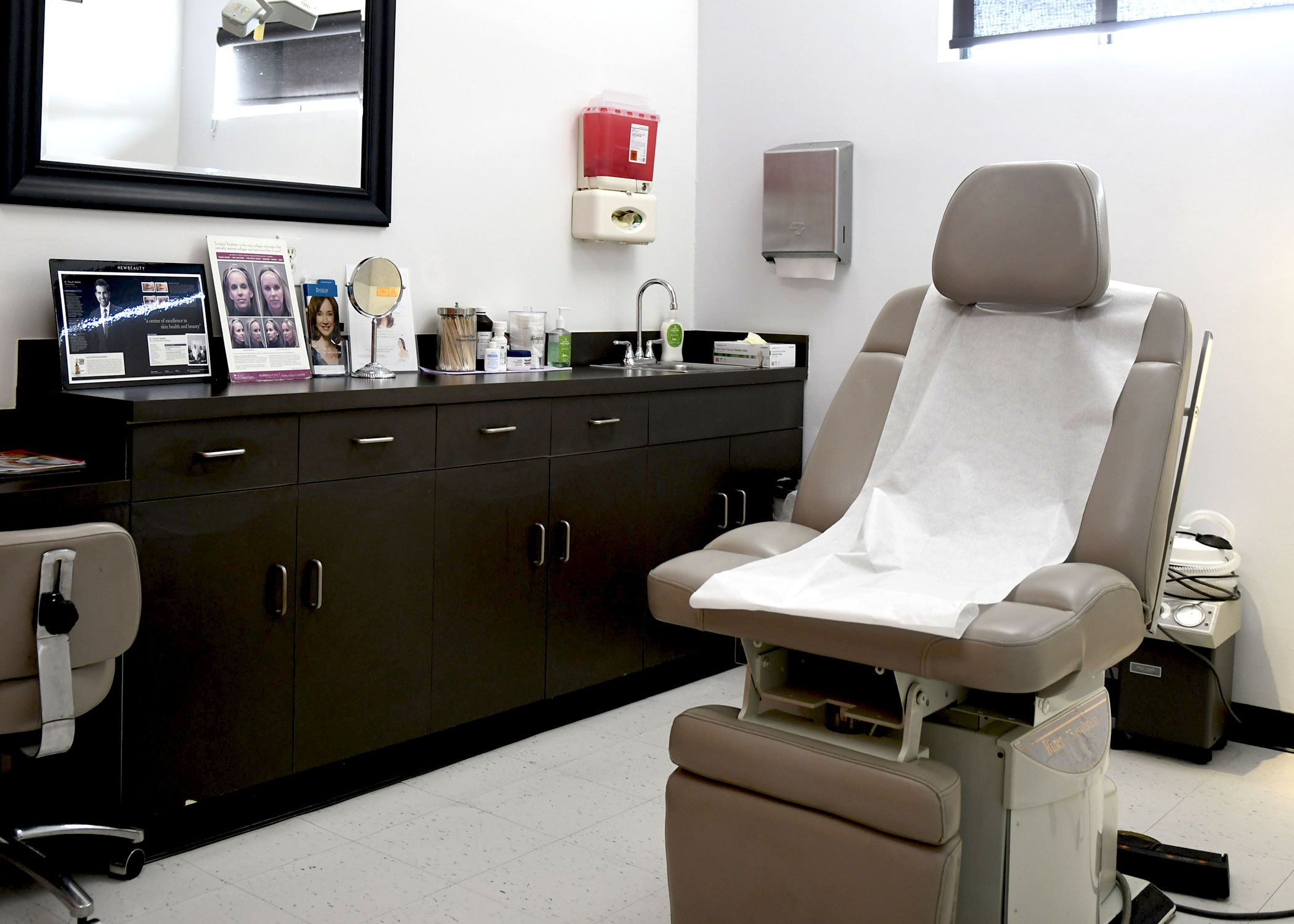Vitiligo is a disease involving the melanin-producing cells of the skin. The condition causes the skin to lose color in a blotchy and unpredictable pattern as the cells responsible for producing the melanin that gives skin its color stop functioning. It can occur on any part of the body and can even affect the mouth, hair, eyes, or mouth. Vitiligo is most common in individuals with dark skin tones. The condition does not cause life-threatening complications and is not contagious; however, it can have a significant impact on the individual's confidence and self-esteem. There is no cure for vitiligo, but a board-certified dermatologist can offer treatments that can improve the skin’s appearance in most patients with this condition.
What Causes Vitiligo:
Although the exact cause of vitiligo is not clear, a number of different factors can cause the melanocytes in the skin to quit producing melanin or die. The skin in the affected area becomes noticeably lighter than the surrounding skin.
- An immune system disorder may cause the body to attack the melanocytes.
- Some individuals may develop the skin condition as the result of heredity.
- Stress, sunburns, or chemical exposure may trigger the onset of vitiligo.
Types of Vitiligo:
Vitiligo can be categorized according to how much of the body is affected.
- Patients with generalized vitiligo will have discolored patches that cover large areas of skin. The discolored patches often progress symmetrically.
- Segmental vitiligo only affects one side of the body and tends to develop at an early age. The condition may progress for a couple of years before stopping.
- Focal vitiligo only affects a few areas of the body.
Most patients will eventually experience pigment loss over most of their body. Even if the patches stop forming, the skin rarely returns to its normal color.
Symptoms of Vitiligo:
The most obvious symptom of vitiligo is skin discoloration that typically first appears on the sun-exposed areas of the body, including the face, lips, arms, hands, and feet. The discoloration can also affect the retina of the eye, the mucous membranes of the nose and mouth, the area under the armpits, the genitals, and the rectum. Individuals with the condition may also have premature graying of the hair. Most patients first notice the discoloration before the age of 20.
Vitiligo Laser Treatment at OC Skin Institute:
We are proud to offer the Pharos Excimer Laser for the treatment of vitiligo. The process works by using a targeted beam of UVB light to eliminate or reduce the appearance of depigmented skin patches.


